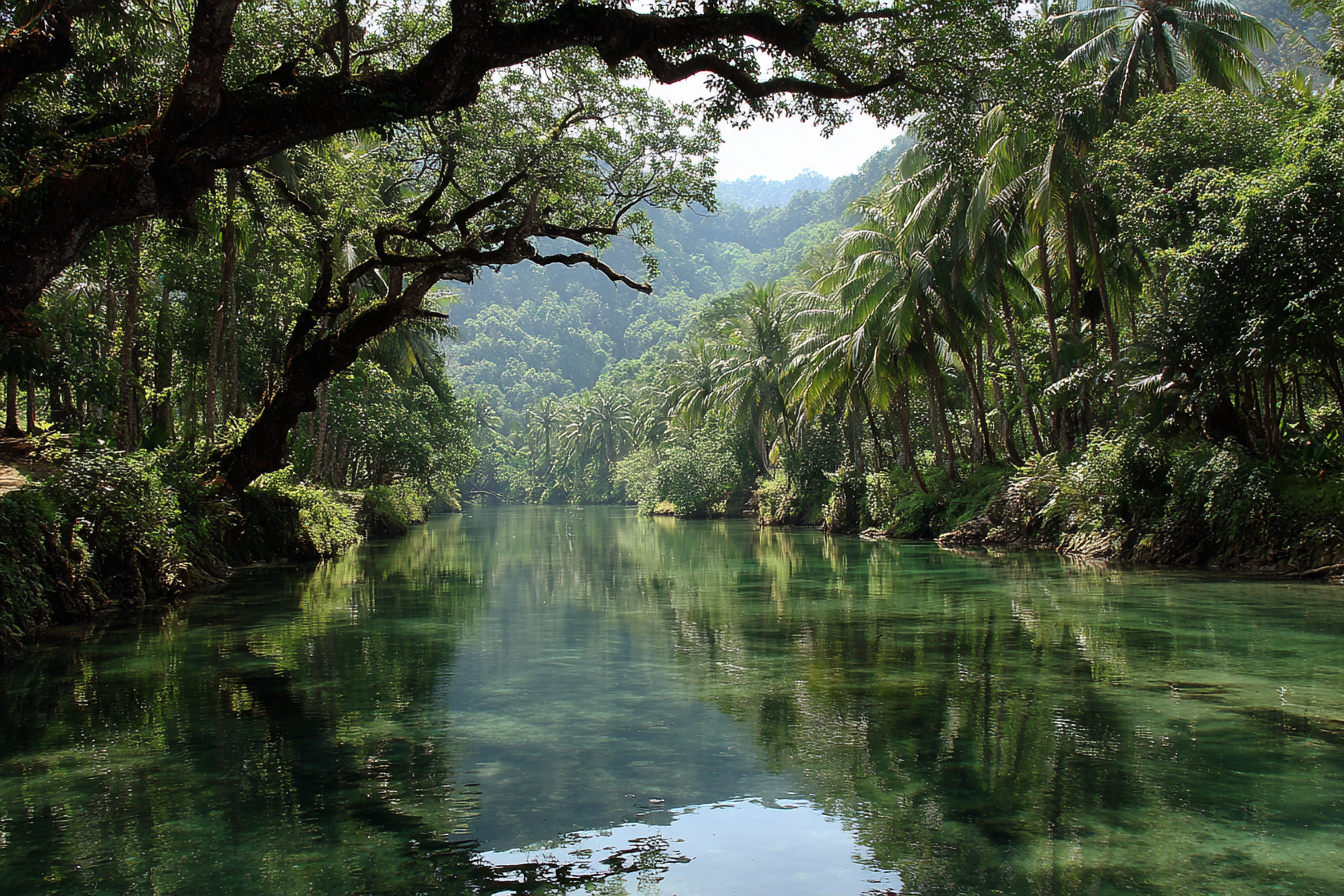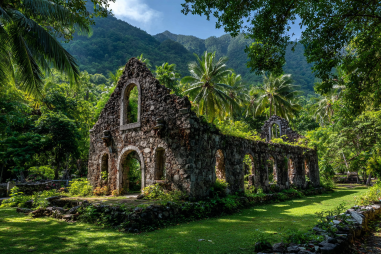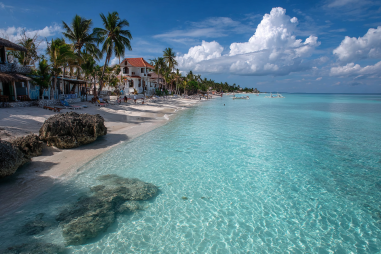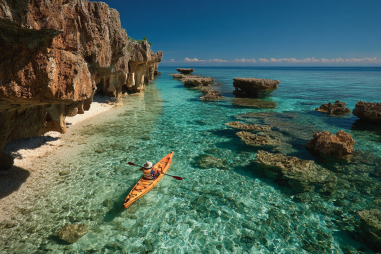The Philippines is a vibrant archipelago known for its stunning landscapes, rich biodiversity, and warm, welcoming people. As more travelers seek meaningful and responsible experiences, eco-tourism in the Philippines has become a popular way to explore the country’s natural wonders while contributing to the preservation of its unique environment. By engaging in eco-tourism, visitors can enjoy a variety of sustainable adventures that respect local cultures and promote environmental conservation. Let’s dive into how you can make the most out of your trip to the Philippines through eco-tourism travel.
Introduction to Eco-Tourism in the Philippines
Eco-tourism is a form of responsible travel that focuses on minimizing environmental impact, supporting conservation efforts, and benefiting local communities economically and socially. The Philippines, with its vast diversity of ecosystems that range from tropical rainforests and pristine beaches to coral reefs and mountain ranges, offers ample opportunities for eco-tourism. This approach aligns perfectly with the country’s commitment to protecting its natural heritage while inviting travelers to experience its beauty in a responsible way. By choosing eco-tourism, visitors help preserve the environment and cultural traditions for generations to come.
Popular Eco-Tourism Destinations
The Philippines’ eco-tourism destinations are spread throughout the archipelago, offering diverse experiences for all types of travelers. Here are a few must-visit spots:
- Palawan: Often dubbed the “Last Frontier,” Palawan is home to the UNESCO World Heritage-listed Puerto Princesa Subterranean River National Park, stunning limestone cliffs, mangrove forests, and vibrant coral reefs.
- Siargao Island: Known for its surfing waves, Siargao also features lush coastal forests, lagoons, and mangroves that invite exploration beyond the waves.
- Bohol: Famous for the Chocolate Hills and tarsiers, Bohol also offers serene eco-parks, butterfly gardens, and pristine riverine environments.
- Camiguin: Known as the “Island Born of Fire,” this small island boasts waterfalls, hot springs, and rich marine biodiversity.
- Mount Pulag: The third highest peak in the Philippines, Mount Pulag is a favorite for eco-tourists wanting to experience mossy forests, grasslands, and breathtaking sea-of-clouds views while supporting conservation.
Activities: Wildlife Watching, Hiking, Coral Reef Conservation
The Philippines’ ecological variety makes it perfect for diverse activities that encourage an active, immersive eco-tourism experience.
Wildlife Watching
From the famous Philippine tarsier in Bohol to the elusive whale sharks of Donsol, wildlife watching is a highlight of eco-tourism in the Philippines. Birdwatchers can spot endemic species in protected areas like the Northern Sierra Madre Natural Park, while marine life enthusiasts can snorkel or dive to witness vibrant fish species, turtles, and sea snakes in preserved marine sanctuaries.
Hiking and Trekking
Conservation areas and national parks offer a variety of trails catering to both beginners and seasoned hikers. Hiking up steep slopes to witness stunning vistas, cascading waterfalls, and pristine forests fosters a deeper appreciation for nature’s resilience. Trails around Mount Pulag, the Banaue Rice Terraces, and Mount Kanlaon all provide opportunities to witness biodiversity firsthand.
Coral Reef Conservation
Numerous coral reefs in the Philippines suffer from human impact, but many eco-tourism operators partner with marine conservation groups to offer guests hands-on experiences like reef monitoring, coral planting, and marine cleanups. Participating in these programs helps sailors and divers understand the importance of protecting these ecosystems and supports scientific efforts to rehabilitate damaged reefs.
Responsible Travel Practices
To ensure that your travels contribute positively to the places you visit, it’s essential to adopt responsible practices. Here are some key tips:
- Respect wildlife by observing from a distance and avoiding feeding or disturbing animals.
- Stick to designated trails to reduce habitat disturbance and erosion.
- Minimize plastic and other waste by using reusable containers and proper disposal methods.
- Support local economies by purchasing goods and services from local businesses.
- Be mindful of water and energy use, especially in areas with limited resources.
- Educate yourself about local customs and cultures to promote respectful interactions.
Community-Based Tourism Initiatives
One of the most rewarding aspects of eco-tourism in the Philippines is the chance to engage with community-based tourism (CBT) initiatives. These projects empower indigenous and rural communities by involving them directly in tourism activities, which helps preserve traditions and promotes sustainable livelihoods. Visitors often gain unique insights through homestays, guided nature walks, cultural performances, and handicraft workshops led by locals. By participating in CBT, tourists contribute to the socioeconomic well-being of these communities while gaining authentic cultural experiences.
Recommended Eco-Lodges and Tours
The Philippines boasts a range of eco-lodges and tour operators devoted to sustainable tourism. These accommodations typically focus on minimizing their environmental footprint through renewable energy use, waste reduction, and habitat conservation efforts. Additionally, they often support local communities by sourcing food locally and offering employment opportunities.
Notable eco-lodges to consider include:
- Daluyon Beach and Mountain Resort (Palawan): Located near the Puerto Princesa Subterranean River, this resort integrates conservation efforts while providing visitors with immersive natural experiences.
- Siargao Bleu Resort and Spa: Emphasizing sustainability and community involvement, this lodge offers eco-friendly accommodations alongside guided tours.
- Plantation Bay Resort and Spa (Cebu): Awarded for environmental stewardship, this resort employs water recycling and energy conservation initiatives.
For tours, look for operators certified by the Philippines Department of Tourism or recognized eco-tourism bodies, ensuring adherence to sustainable travel principles and community support.
How Eco-Tourism Benefits Local Communities
Eco-tourism is more than just nature appreciation—it actively contributes to improving the quality of life for local communities. Tourism revenues help fund education, healthcare, and infrastructure projects. Furthermore, creating jobs in guiding, hospitality, and craft production fosters economic resilience. By preserving natural areas, eco-tourism also safeguards indigenous practices and cultural heritage that might otherwise be lost. Many communities reinvest profits into conservation activities, creating a positive feedback loop that benefits both people and the environment.
Planning Your Sustainable Trip
Planning a trip focused on eco-tourism requires thoughtful preparation. Here are some steps to get you started:
- Research destinations and operators: Choose areas and providers with a strong commitment to sustainability and community benefits.
- Travel lightly: Pack eco-friendly items such as reef-safe sunscreen, reusable water bottles, and biodegradable toiletries.
- Coordinate with local guides: Hiring local guides supports the community and provides enriched interpretation of natural and cultural sites.
- Plan for low-impact transportation: Use public transport, bicycles, or arrange shared transfers whenever possible to reduce your carbon footprint.
- Allocate time: Spending several days in one place reduces the environmental and social impact of frequent moving and allows deeper connections.
Always stay informed about the local climate and regulations to respect restrictions during sensitive periods like animal breeding seasons or forest regeneration phases.
Exploring the Philippines through eco-tourism is an enriching way to connect with nature and culture while giving back to the communities that protect these treasures. With thoughtful planning and responsible behavior, your travels can help preserve the Philippines’ extraordinary ecosystems and contribute to a sustainable future for both locals and visitors alike.







